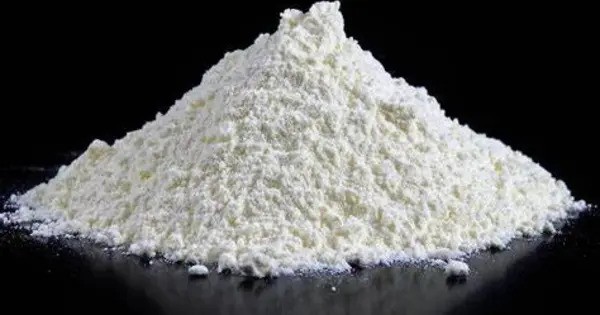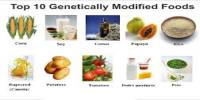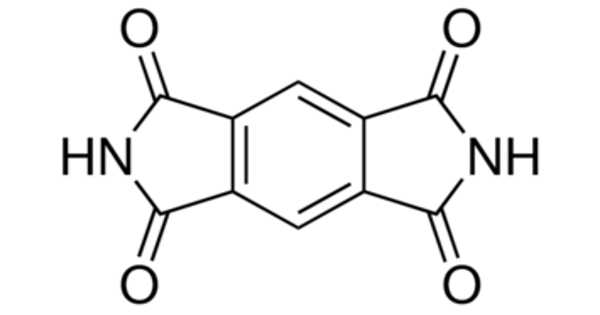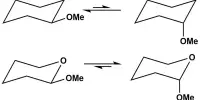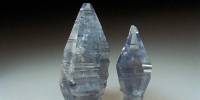Tricalcium phosphate (sometimes abbreviated TCP), more commonly known as Calcium phosphate, is a calcium salt of phosphoric acid with the chemical formula Ca3(PO4)2. is an important calcium salt of phosphoric acid with a range of uses, particularly in biomedicine, food additives, and agriculture. It is a white, odorless powder that is insoluble in water and commonly used in a variety of applications.
It is also known as tribasic calcium phosphate and bone phosphate of lime (BPL). It is a white solid of low solubility. Most commercial samples of “tricalcium phosphate” are in fact hydroxyapatite. It exists as three crystalline polymorphs α, α′, and β. The α and α′ states are stable at high temperatures.
Properties
- Chemical formula: Ca3(PO4)2
- Molar mass: 310.18 g/mol
- Appearance: White amorphous powder
- Density: 3.14 g/cm3
- Melting point: 1,670 °C (3,040 °F; 1,940 K)
- Solubility in water: 1.2 mg/kg
Preparation
Tricalcium phosphate is produced commercially by treating hydroxyapatite with phosphoric acid and slaked lime. It cannot be precipitated directly from aqueous solution. Typically double decomposition reactions are employed, involving a soluble phosphate and calcium salts, e.g. (NH4)2HPO4 + Ca(NO3)2. is performed under carefully controlled pH conditions. The precipitate will either be “amorphous tricalcium phosphate”, ATCP, or calcium deficient hydroxyapatite, CDHA, Ca9(HPO4)(PO4)5(OH), (note CDHA is sometimes termed apatitic calcium triphosphate). Crystalline tricalcium phosphate can be obtained by calcining the precipitate.
An alternative to the wet procedure entails heating a mixture of a calcium pyrophosphate and calcium carbonate:
CaCO3 + Ca2P2O7 → Ca3(PO4)2 + CO2
Occurrence
Calcium phosphate is one of the main combustion products of bone (see bone ash). Calcium phosphate is also commonly derived from inorganic sources such as mineral rock. Tricalcium phosphate occurs naturally in several forms, including:
- as a rock in Morocco, Israel, Philippines, Egypt, and Kola (Russia) and in smaller quantities in some other countries. The natural form is not completely pure, and there are some other components like sand and lime which can change the composition.
- in the skeletons and teeth of vertebrate animals
- in milk.
Uses
- Biomedical: Bone grafts, dental cements, bioceramics
- Food Additive (E341): Anti-caking agent, calcium supplement
- Agriculture: Fertilizers (source of phosphorus)
- Pharmaceuticals: Calcium source in supplements
Safety
- Generally considered non-toxic in small amounts.
- Inhalation of large quantities of dust may cause respiratory irritation.
- Excessive ingestion of calcium can lead to hypercalcemia.
